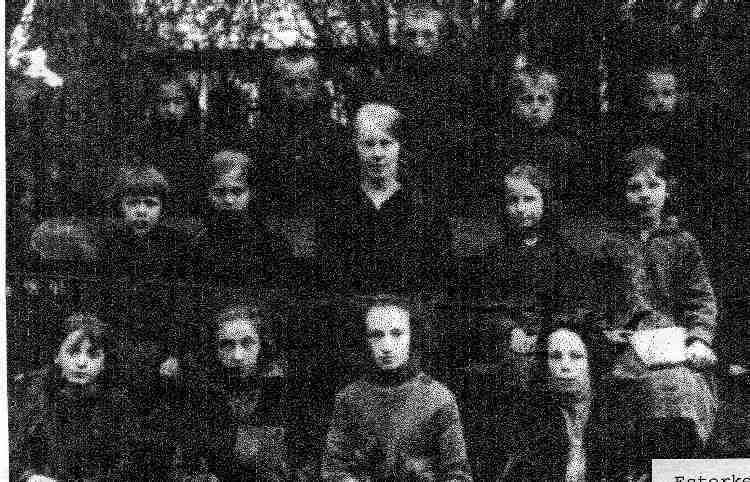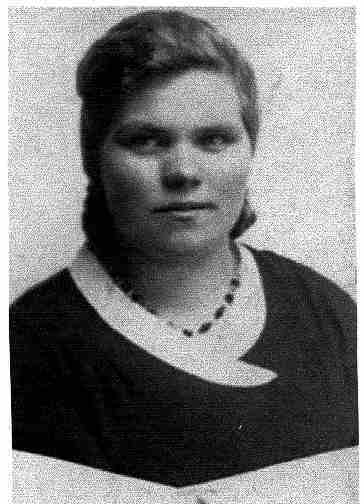|
A Walk through Jewish Rozalimas Chapters: 1 2 3 4 5 6 7 8 9 names Chapter 2 Behind the house of the rabbi was the mikveh (now an empty spot), the bathhouse which has a religious function and is used by women after their menstruation and by men especially on the day before Jom Kippur begins. Jom Kippur is the most important religious day for the Jews to get atonement for their sins by God. Everyone is dressed in white clothes and in the synagogue the decoration is white too. One isn't allowed either to wear jewellery or something that was made of leather. This is to emphasize man's humility. One isn't allowed to eat or drink during Jom Kippur. |
 spot of the mikveh
spot of the mikveh
|
|
On Sjabbath (Saturday) the Jewish community of Rozalimas went to the synagogue(sjoel), where they attended the service, men downstairs and women upstairs. The service was led by the rabbi, some members of the community and by the chazan whose task was to sing during the service and in this manner to bring people closer to God. The language used during the service is Hebrew, which is the religious language. The spoken language used by the Jews was Yiddish. The religious marriages took place in the synagogue and the bar mitsvah (the occasion on which Jewish boys are, from a religious point of view, considered as adults and during which they are called to read a passage from the Torah). These celebrations were to take place in Rozalimas as well, but no recordings have been found on this matter. Nevertheless we can still imagine people celebrating, wearing their best clothes in the synagogue, in the 'restoran' or at home, where they must have had a lot of fun , where a lot of typical Jewish music was played (also known to all the other people of Rozalimas) and where the spoken language was Yiddish (which originates from an area of Germany, in the eleventh century and later influenced by the Hebrew and the Slavic languages). ' Vu zol ikh geyn? ' is an example of the Yiddish language
|
 restoran restoran |
| In Rozalimas there was a restoran, where people could
eat and drink something. Perhaps in this ' restoran' a Jewish celebration was
held, but the people who I interviewed about their Jewish fellow-citizens didn't
tell me anything about it. They did remember a young Jewish man called
Fiskis
who was the sjochet (ritual animal slaughterer) of the Jewish community. He was
a teacher in Hebrew and in the Hebrew history for Jewish children. He was
unmarried and lived with his mother in the eastern part of the building, above
the 'restoran'. In the western part of the building lived the owner of the 'restoran'.
He and his family were Jewish and their name was:Saskolskis. They had three
children, two boys and one daughter whose name was Esterke (Esther). All the
Jewish occupants of housenr.99 were shot 1941.
|
 Esterke and her schoolmates Esterke and her schoolmates |
|
This picture shows Esterke and her schoolmates and her teacher in the garden of the school of Rozalimas. This picture was made in 1929. In those days the school consisted of four classes. In the period before 1919 (1910-1918) there were two classes. The school was founded in 1789. In the middle of the picture we see Angele Shukiene, the teacher. In the front we can see four Jewish girls, from the left to the right: Mase Zakaite, Ete Zakaite, Malke Klovanskyte and Esterke Saskolskyte. Four out of thirteen pupils were Jewish. The sisters Zakaite probably didn't live in Rozalimas, but in a village nearby, I wasn't able to detect the names of their family on the Rozalimas map (from 1940)
|
 Stefa Stefa |
|
Esterke was one of Stefa's best friends (Stefa is one of our non-Jewish witnesses).
Copyright
© 2005 Dora Boom |